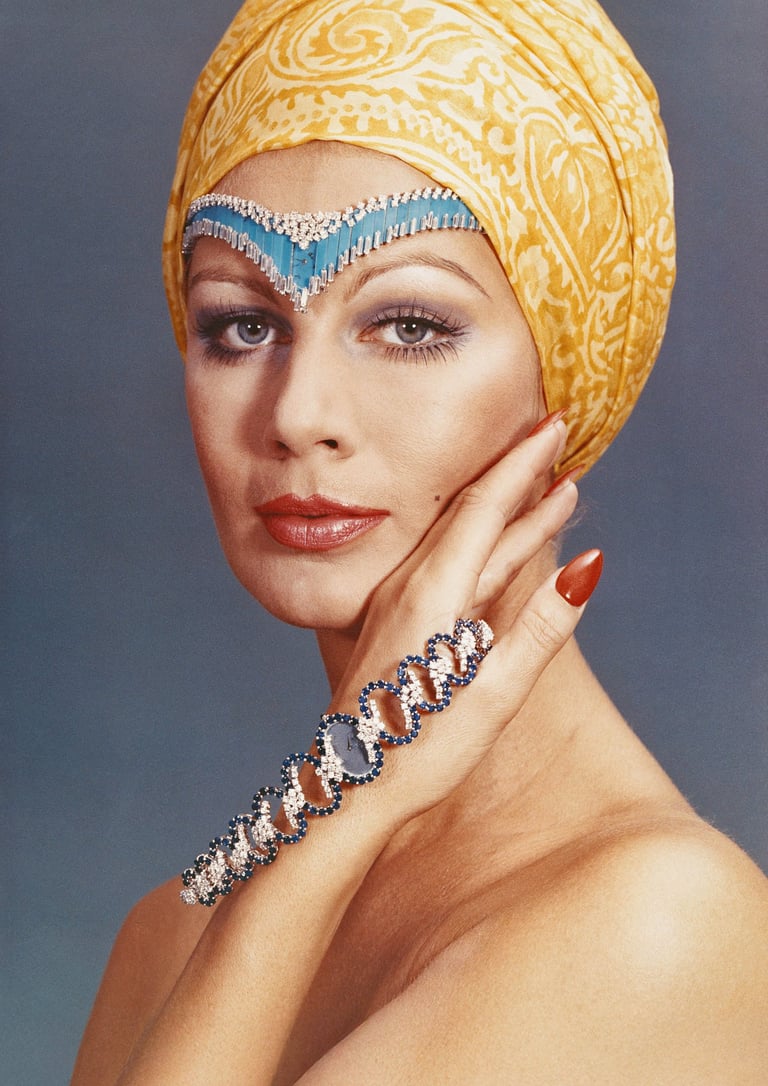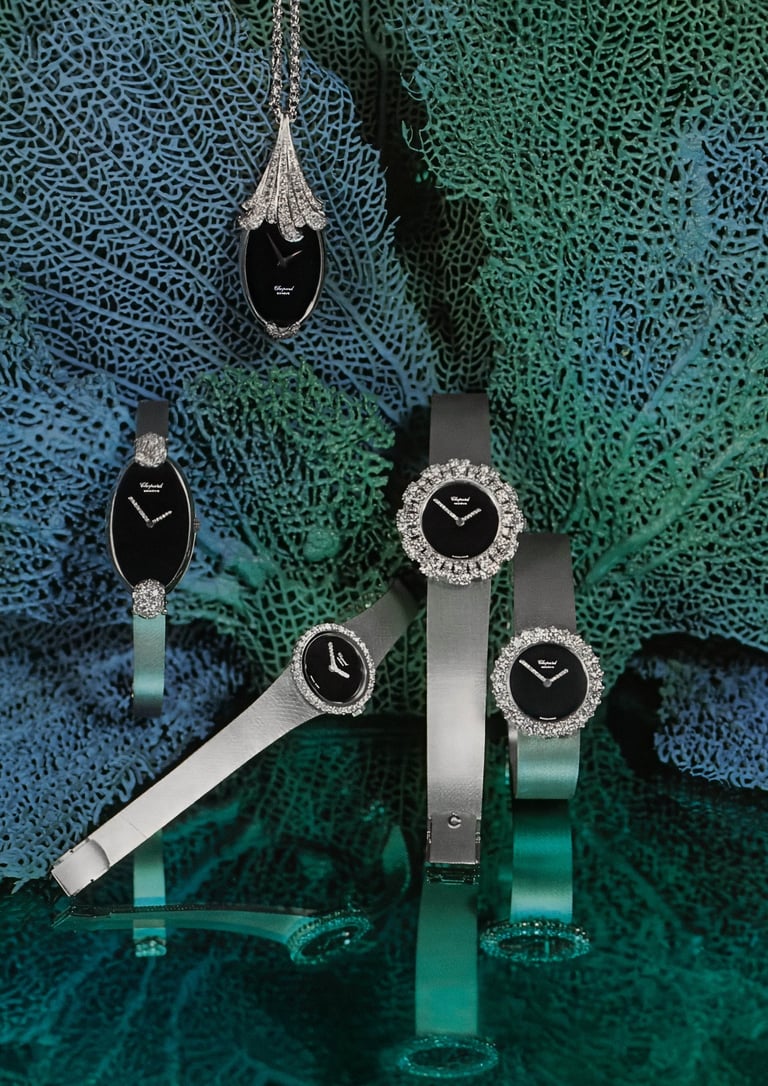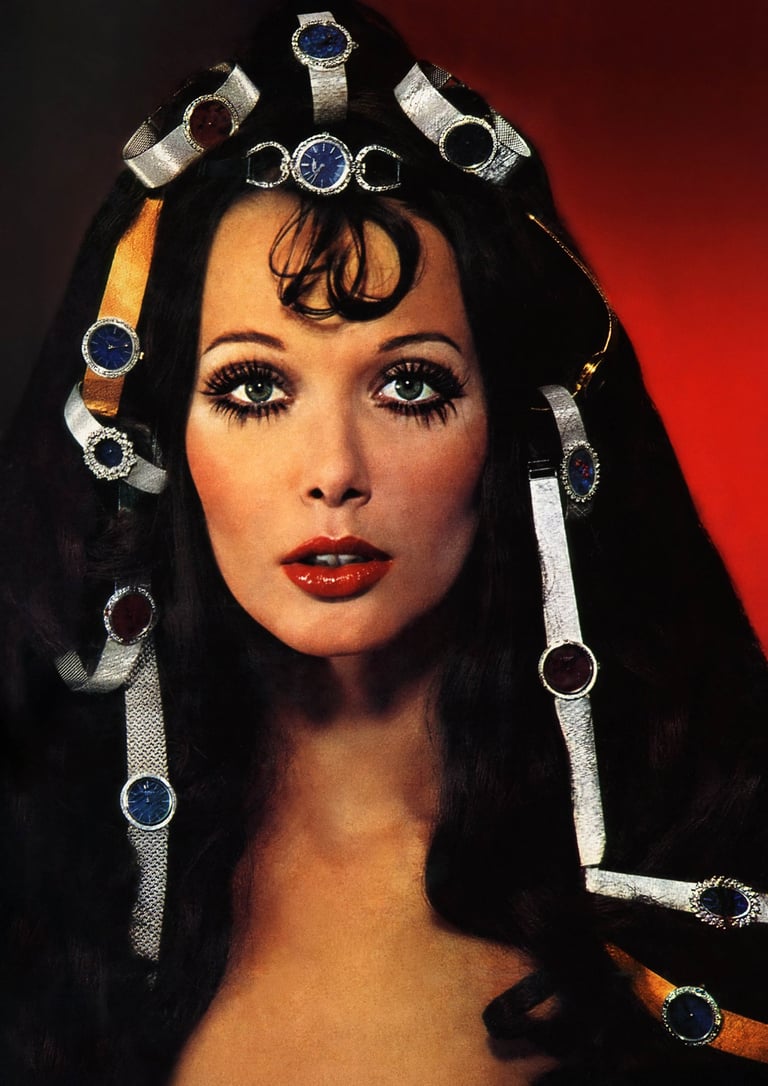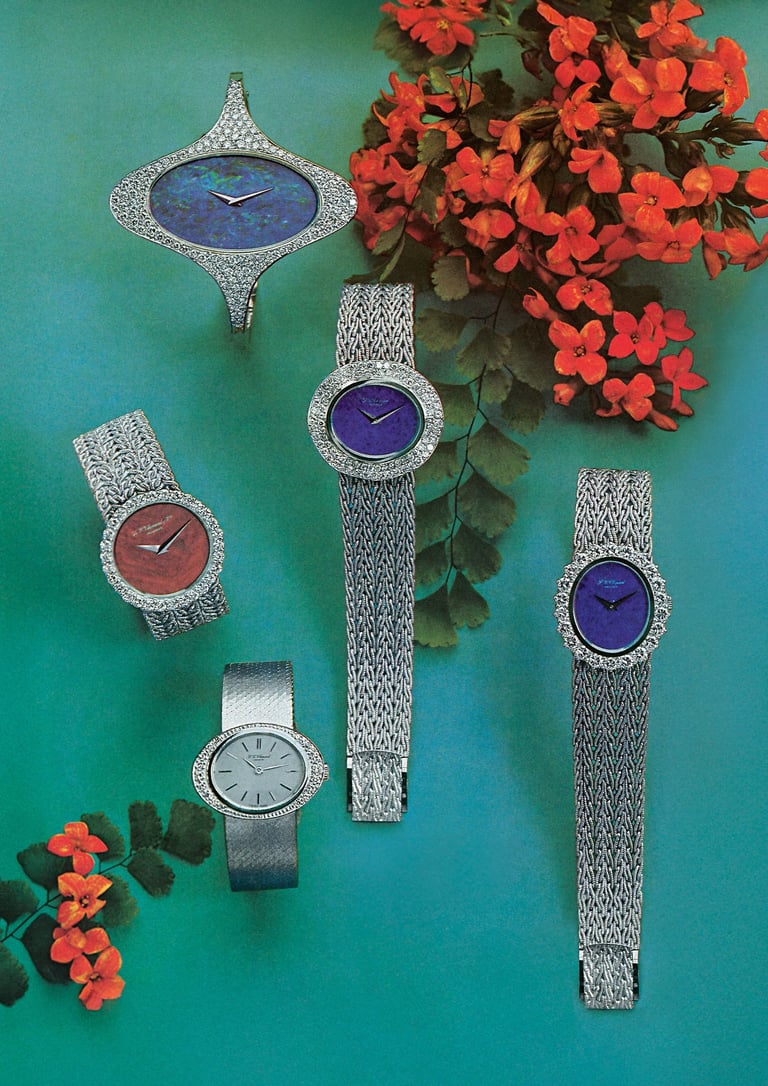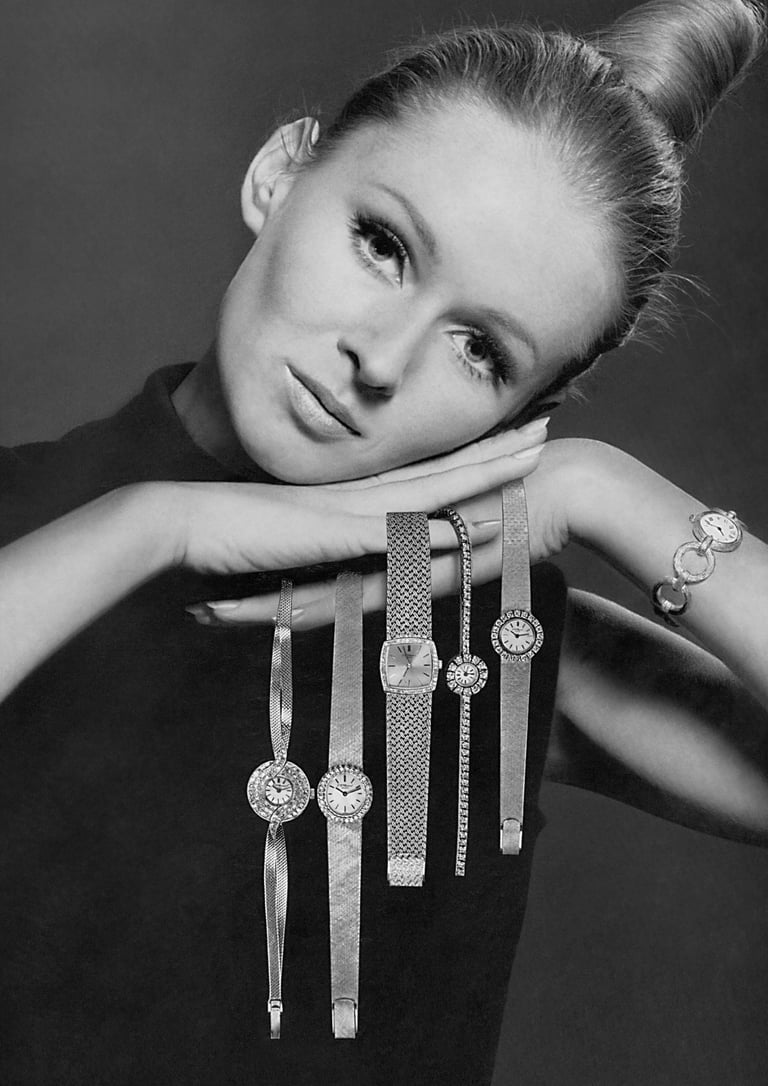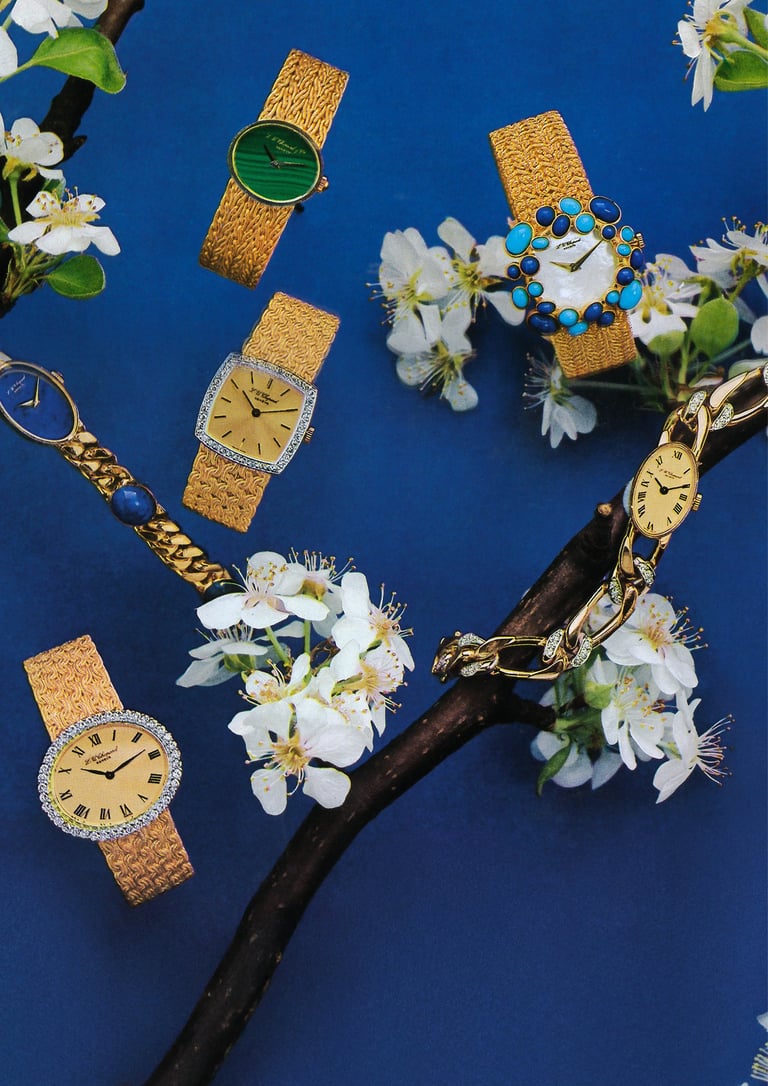L’Heure du Diamant: Chopard, the Master of Jewellery Watches
The history of jewellery watches at Chopard is a tale of innovation, craftsmanship, and artistic excellence, interwoven with the legacy of the Scheufele family.
Fashion Press Corner / Chopard. Photos: Chopard
4/17/2025
The history of jewellery watches at Chopard is a tale of innovation, craftsmanship, and artistic excellence, interwoven with the legacy of the Scheufele family. Since its founding in 1860 by Louis-Ulysse Chopard, the Maison has remained at the forefront of fine watchmaking, with a distinctive expertise in jewellery watches emerging over time.
Parallel to this, the Scheufele family’s heritage in Pforzheim – a historic centre of jewellery and watchmaking – laid the foundation for a tradition of precision and artistry. In 1904, Karl Scheufele I established his own Manufacture, Eszeha, specialising in jewellery watches and luxury items crafted in gold and platinum, which confirmed his reputation as ’The Master of Jewellery Watches’. The era’s Belle Epoque aesthetic, with its delicate, transformable designs and the use of platinum, greatly influenced his creations. In 1912, he introduced an innovative clip that allowed a pocket watch to be worn on the wrist, an elegant precursor to the modern wristwatch. By the 1920s, Eszeha had embraced the Art Deco movement, producing timepieces distinguished by their daring geometric shapes, stylised diamond settings, and platinum cases.
Following the challenges of World War I, Karl Scheufele I focused his collection increasingly on watches, incorporating Swiss movements into his meticulously crafted cases. This expertise was carried forward by his son, Karl Scheufele II, who steered the Maison through the post-war years and positioned it for expansion. In 1958, at just 20 years old, Karl Scheufele III assumed leadership, alongside his wife, Karin. Seeking to broaden the Maison’s reach, he set his sights on acquiring a Swiss watch manufacture – an ambition realised in 1963 with the purchase of Chopard. Fortunately for him, Louis-Ulysse Chopard’s heir quickly realised their mutual alignment in terms of values and vision and was therefore open to passing the baton to the Scheufele family.
From then on, their stewardship of Chopard ushered in a new era of creativity and technical refinement. Jewellery watches became central to the Maison’s identity, with diamond-set designs showcasing an exceptional interplay of baguette and brilliant-cut stones. By the late 1960s, the Maison had gained international recognition for its artistry and innovation, winning 15 Golden Rose of Baden-Baden awards – known at the time as the ‘Oscars’ of jewellery. The period also saw Chopard’s early advertisements feature the slogan « Maîtres de la montre-bijou » (Masters of Jewellery Watches), cementing its growing reputation in the field.
The 1970s brought a bold new aesthetic, reflecting both the exuberance of the era and Chopard’s evolving expertise. Timepieces such as 1976’s Concord watch featured ornamental stone dials, vibrant colours, and sculptural bracelets, including Milanese mesh and tree-bark textures – techniques long mastered by the Scheufeles. This savoir-faire became intrinsic to Chopard’s visual universe, seamlessly blending goldsmithing traditions with Swiss horological precision. The decade also saw the launch of the Belle Epoque collection, reinterpreting the curving, floral motifs of the early 20th century for a contemporary audience.
By the 1990s, renowned for its jewellery watches, Chopard created the world’s most precious watch in 1997, the groundbreaking ‘Chopardissimo’, which required 2000 hours of work and sparkled with 874 diamonds totalling 163 carats. The launch of the L’Heure du Diamant collection in 2012 further cemented Chopard’s and the Scheufele family’s shared heritage of creating “jewels that tell the time”. One model from the collection even went on to earn the Jewellery Watch Prize at the Grand Prix d’Horlogerie de Genève the following year.
In 2018, Chopard became the first luxury watch and jewellery Maison to commit to using 100% ethical gold in the production of its watch and jewellery creations, including L’Heure du Diamant, reaffirming its ‘Journey to Sustainable Luxury’.
In 2024, the introduction of the 10.01-C calibre, dedicated to L’Heure du Diamant, marked another milestone as the smallest and thinnest in-house movement on the market, measuring 15.70 mm in diameter and only 2.90 mm in thickness.
In 2025, Chopard continues to honour its legacy of jewellery watchmaking with several landmark initiatives. For the first time, a moonphase complication is introduced to a L’Heure du Diamant timepiece, adding a new chapter to the collection’s mechanical evolution. At the same time, the Maison unveils its latest campaign, featuring Chopard Ambassador Bella Hadid framed by flowers, a Chopard signature seen as far back as its 60s catalogues. A travelling exhibition dedicated to L’Heure du Diamant will also launch this year, showcasing over 15 exceptional diamond-set timepieces. Many of these creations highlight Chopard signatures, such as ornamental stone dials, crown-set diamonds, and bark-type bracelets. The exhibition will debut in Geneva before touring global destinations, including Dubai, Cannes, and Paris. Heritage pieces will be displayed alongside contemporary L’Heure du Diamant watches and jewels, such as The Precious Hours set and the L’Heure du Diamant Moonphase watch.
Chopard Retrospective
Photos: 1967-1975 © Chopard
